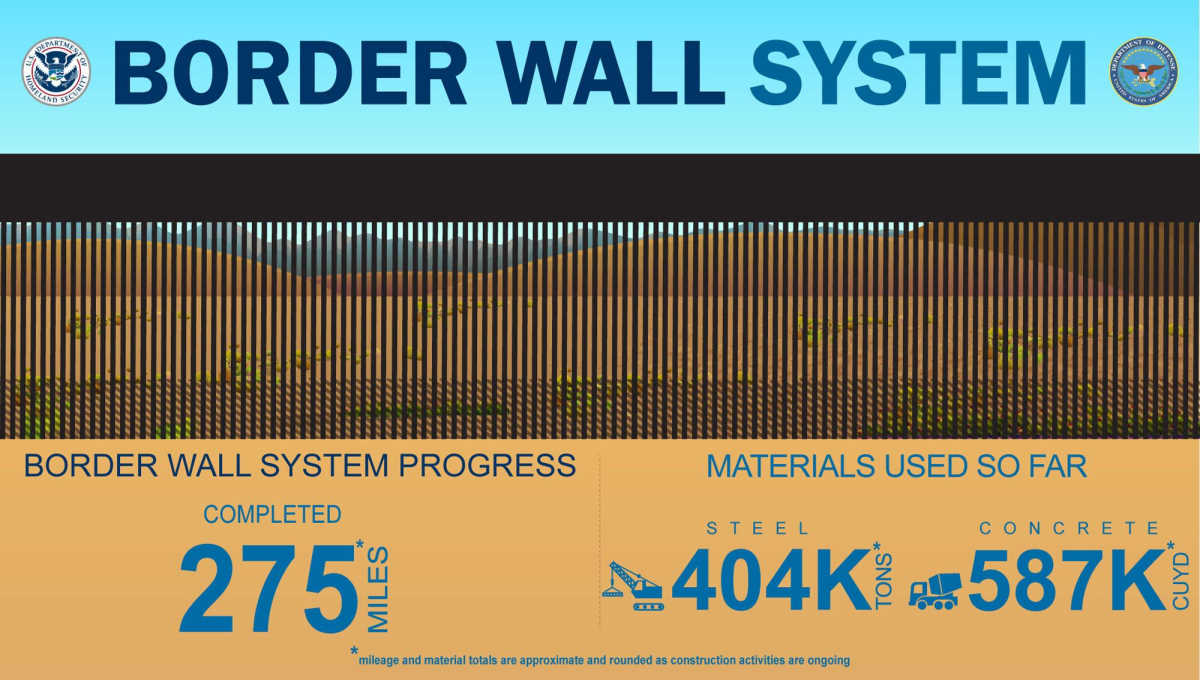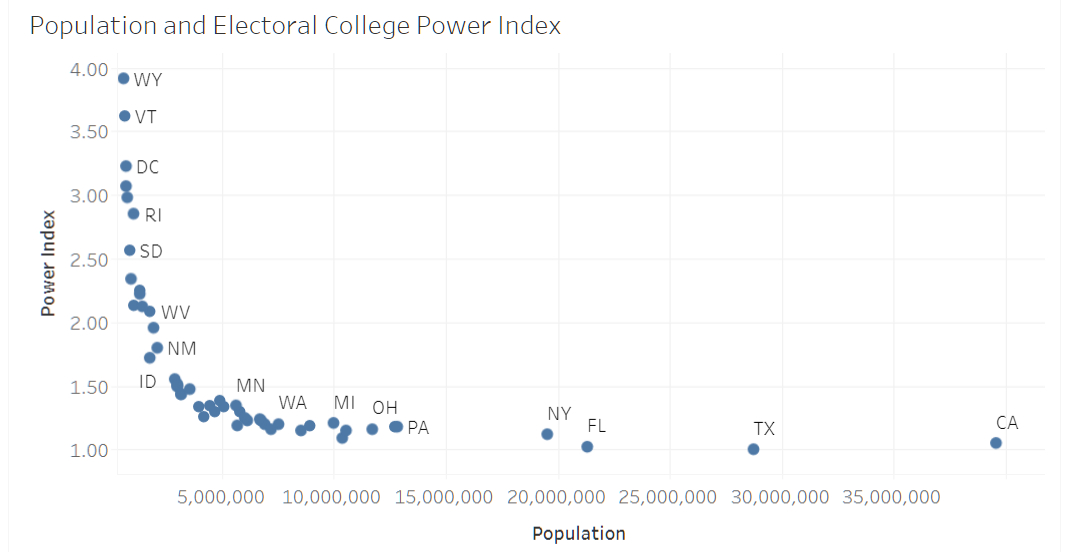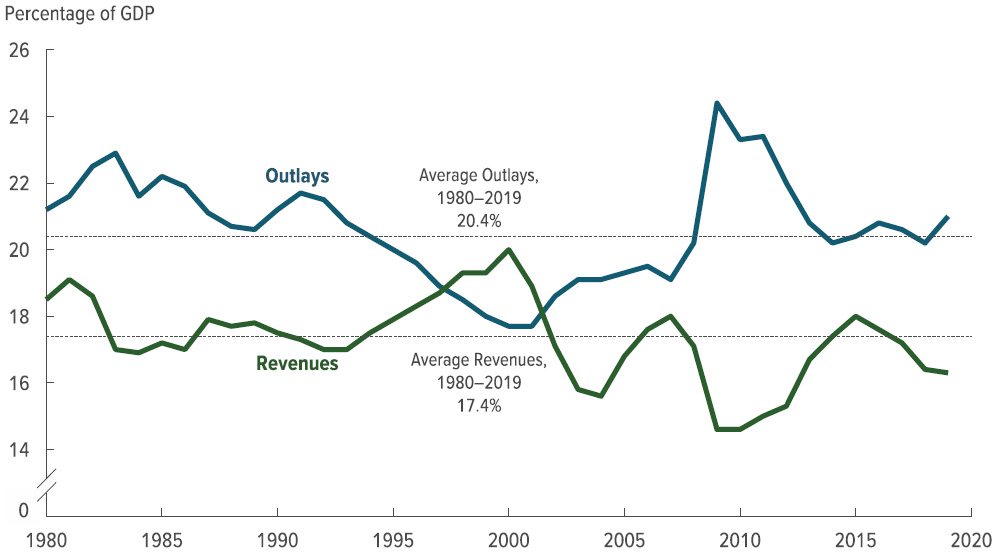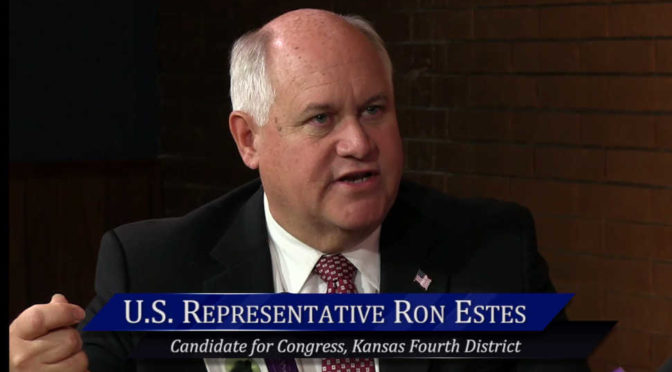Tag: United States government
-
How President Trump Is Dismantling Our Democracy, One Piece at a Time
CREW’s detailed report argues that President Donald Trump’s second administration, beginning in January 2025, has pursued a coordinated and incremental erosion of democratic norms through corruption, politicization of justice and the military, regulatory retaliation, and suppression or distortion of public information.
-
Trump’s Executive Power Deconstruction
The assertion that decades of bipartisan executive orders created an authoritarian control mechanism fundamentally misrepresents how U.S. emergency powers actually work. While these authorities are substantial and raise legitimate constitutional concerns, they operate within legal boundaries established by Congress and subject to judicial review – not as tools for overriding other branches of government.
-

Deficit shrank in August, but …
The top takeaway of the Congressional Budget Office Monthly Budget Review for August 2020 is that the deficit for the month is smaller than last August. But there are details.
-

Border wall procedures criticized
A government watchdog says the procedures for acquiring the southern border wall are inadequate, and the ability to maintain complete operational control is diminished.
-

Federal revenue and outlays
An interactive visualization of federal government revenue and spending from 1962 to the present.
-

Relations with North Korea
The Congressional Research Service has produced a summary and timeline of recent events pertaining to the United States and North Korea relationship.
-

Electoral College math
In the Electoral College, residents of different states have widely varying influence.
-

Federal budget summary for 2019
Federal revenues for 2019 were up, but spending increased by a larger amount, resulting in a higher deficit.
-

From Pachyderm: United States Representative Ron Estes
From the Wichita Pachyderm Club this week: United States Representative Ron Estes. This audio presentation or podcast was recorded on August 23, 2019.
-

WichitaLiberty.TV: United States Representative Ron Estes
Republican candidate for Congress Representative Ron Estes explains why he should continue to be our representative in the United States House of Representatives.
-

WichitaLiberty.TV: Candidate for Congress James Thompson
Democratic Party candidate for Congress James Thompson explains why he should be our next representative in the United States House of Representatives.